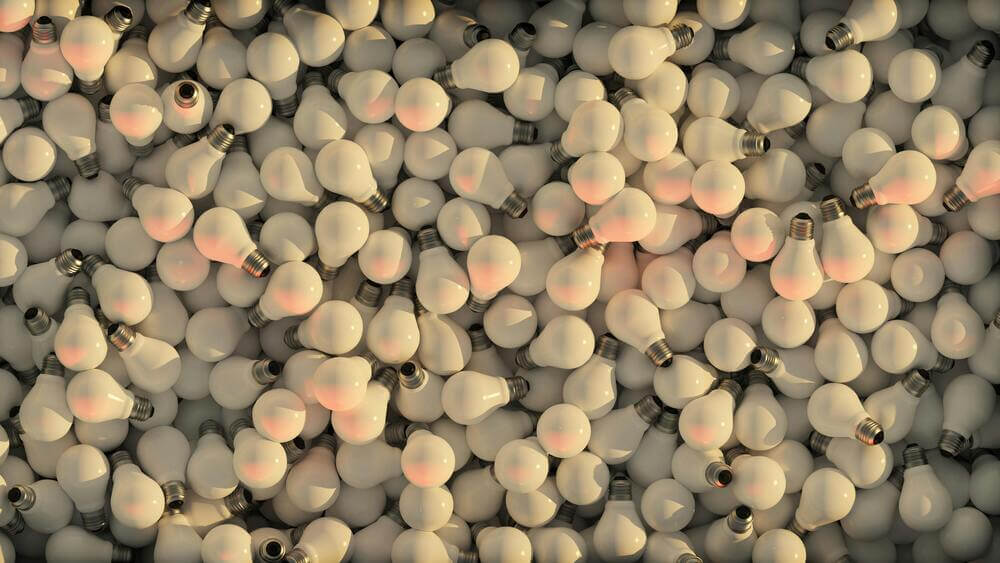Outdoor lighting has become even more accessible with the development of low-voltage lighting and LED technology. However, you may have encountered the IP rating scale when choosing your outdoor lights. To ensure your outdoor lights are protected from water and debris, you will need to select the correct IP rating for your outdoor lighting installation.
Different installations and locations require different IP ratings. So, you will need different IP-rated lights depending on where they will be installed and what they will be used for.
In this guide, we will take you through what IP rating is, what the different IP ratings mean and which ones you should use for illuminating different areas of your garden or landscape.
Table of contents:
- What does IP rating stand for?
- What is an IP rating?
- How do IP ratings work?
- What are the IP ratings?
- Is IP rating important?
- What is the best IP rating for different outdoor lighting?
What does IP rating stand for?
IP stands for Ingress Protection, which is protection from things getting inside something. All lights and fittings are rated on this scale, but it becomes more important when planning outdoor lighting.
What is an IP Rating?
The IP rating for outdoor lights essentially ranks a light fixture by how effectively it is protected from exterior elements such as liquids or solid objects, and this will dictate where your lights can be installed and how much moisture or external force it can safely come into contact with.
How do IP ratings work?
If you’re not familiar with what an IP rating looks like, it is always indicated by the initials’ IP’ followed by two digits.
The first digit indicates the level of protection from solid objects that a particular light source has, and the second digit indicates how water-resistant the light fixture is.
The higher the digits, the more protection the light source has. Both digits are relevant for outdoor lighting, so you must consider both when choosing your outdoor lighting scheme.
What are the IP ratings?
Here’s a breakdown of both solids and water IP rating digits and the level of protection they indicate:
| IP Rating (Solids – 1st Digit) | Protected against… |
| 0 | Not protected against contact or entrance of substances. |
| 1 | Solid objects greater than 50mm (e.g. hands) |
| 2 | Solid objects greater than 12mm (e.g. fingers) |
| 3 | Solid objects greater than 2.5mm (e.g. tools) |
| 4 | Solid objects greater than 1mm (E.g. wires, screws) |
| 5 | Dust in limited amounts |
| 6 | All dust and harmful deposits |
| 7 | Protection level not defined or tested |
| IP Rating (Water – 2nd Digit) | Protected against… |
| 0 | Not protected |
| 1 | Dripping water |
| 2 | Dripping water when tilted (15 degrees) |
| 3 | Spraying water |
| 4 | Splashing water |
| 5 | Water jets |
| 6 | Powerful water jets |
| 7 | Immersion (up to a depth of 1m) |
| 8 | Immersion under pressure (beyond 1m) |
Is IP rating important?
Yes! Lights can come into contact with numerous external substances and objects when placed outside, especially in comparison with indoor lights. So, for safety’s sake, adequate protection must be in place to prevent damage to the light and, more importantly, to protect people and wildlife from electric shock and injury.
Choosing the correct IP rating is important because, when placed outdoors, your lights can be subject to accidental touch, accidental force from tools and spades, wildlife activity, dust or dirt. They can be deliberately tampered with, stepped on or driven over. And that’s not to mention rain, wind and water submersion. All these elements can cause damage and malfunction in your outdoor lighting if it doesn’t have the correct level of protection.
So, for example, a standard path light or a light located on the floor will need to be sufficiently protected from physical force and moderate water contact. However, it doesn’t need to be protected against full submersion. In contrast, a pond or swimming pool light must be protected against full submersion but is less likely to come into regular contact with tools and other sharp objects. As a result, this is why outdoor lights vary in IP ratings depending on their intended use.
What is the best IP rating for different outdoor lighting?
Not sure which IP rating you need? Here’s our basic guide to IP ratings for outdoor lights:
The best IP rating for outdoor lights
If you’re looking for standard garden lights such as spotlights, garden spike lights, uplights and tree lights, you should aim for a minimum rating of IP44 or higher. The ‘4’ ratings will protect your lights against splashing water contact while protecting them from some levels of physical contact with objects.
What IP Rating is waterproof?
Deck and patio lights require higher protection because they are often walked upon and jet-washed. You should aim for a minimum of IP65 to protect your patio and deck lighting against the highest level of dust, harmful deposits and human contact. This rating will also protect your lights against water jets, allowing you to jet-wash your decking and patio without risking damage to the light or accidental electrocution. Always check the care instructions on your outdoor lights, and if in doubt, do not jet wash your light fittings.
What IP rating is fully submersible?
If you’re lighting ponds, water features or swimming pools, you must install lights with the highest IP rating of IP68. As a result, this will ensure your underwater lighting is low voltage, adequately waterproofed, and able to withstand higher surrounding pressure.
Outdoor lights at Moonlight Design
Whatever lighting you want for your outdoor lighting scheme, you now know what IP rating to get for your outdoor lights. Knowing what IP rating to get for outdoor use will ensure your lights are well-protected from the elements and not dangerous to humans or wildlife. Now, explore our full range to find the perfect IP rating for your outdoor lighting, a speciality of ours here at Moonlight Design.
Related blogs:





Leave a comment
This site is protected by hCaptcha and the hCaptcha Privacy Policy and Terms of Service apply.